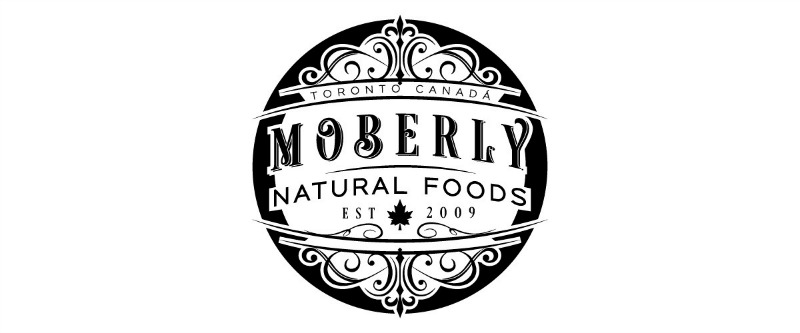Cacao vs cocoa. What’s the difference? You know cocoa (coh-coh), your old faithful friend. Served hot in the winter, and a prime component of all your favorite chocolate products. But what’s this cacao (ca-cow) guy, and why is it a superfood when cocoa is not?
Let’s start with the guy you know.
Cocoa Powder
Cocoa is the processed form of powdered chocolate. In the processing, they heat the cocoa to high temperatures, which causes it to lose many of its nutrients. Thankfully, it’s still considered a good source of fibre, iron, and magnesium.
With cocoa powder, you’ll want to watch out for added ingredients, like dairy or sugar. You’ll find these most often in hot chocolate mixes. Opt instead for a dutch-processed or dark chocolate powder (like the varieties we carry in bulk).
Cacao Powder
Cacao powder, on the other hand, is SO nutrient dense that it is considered a superfood. As it is a raw food, it boasts one of the highest antioxidant contents of any food in the world, and is one of the best sources of magnesium known to man. It has more fibre than its counterpart, due to more of the bean remaining intact. In addition, it retains monounsaturated fats that would have been destroyed in the heating process.
How Is Cacao Powder Made?
- Cacao starts as a pod – beans surrounded by fruit. Producers leave it to sun-dry, and the fruit ferments creating cacao beans as we know them.
- They remove the skin from the beans, and crush the beans into cacao nibs.
- Producers then stone-grind the nibs into cacao paste.
- They mechanically press the paste until the oil separates. That oil is then harvested as cacao butter.
- Once the cacao butter is separated, they grind the remaining cacao into cacao powder.
You can use raw cacao powder in smoothies and raw desserts, but even in baked goods it still will maintain more of its nutrients than its cocoa counterpart.
Bonus: Why Is Fair Trade Important When It Comes To Chocolate?
There’s a lot of demand, when it comes to chocolate. Producers aim to make it as quickly and cost-effectively as possible. Unfortunately, this means that corners are cut when it comes to quality, worker’s wages, and environmental impact.
Chocolate that earns Fair Trade Certification ensures that:
- Producers are small family farms organized in co-operatives (or associations), which they own and govern
- The minimum guaranteed price is paid directly to the producer co-op. If the world market price is higher than the Fair Trade price, the market price plus a premium is paid.
- A Fair Trade premium is included in the purchase price. The premium is used by co-ops for social and economical investments such as education, health services, processing equipment, and loans to members.
- Environmental standards restrict the use of agrochemicals and encourage sustainability
- Pre-harvest lines of credit of up to 60% of the purchase price are given to cooperatives if requested
- No forced labor of any kind, including child labor, is permitted.
via fairtrade.ca
At Moberly, all of our chocolate bars are Fair Trade, and we have Fair Trade options when it comes to both cocoa and cacao powder, so you can feel good about whatever choice you make.
Have you tried both cocoa and cacao powder? What is your favorite way to use each?
About The Author:
Kelly Boaz, CNP
Kelly is a holistic nutritionist, specializing in eating disorder recovery and food freedom. She is also a public speaker (TEDx King St. West, TDSB) and a writer. Learn more about Kelly, and about booking private consultations at kellyboaz.com Twitter: @kelly_boaz Facebook: /KellyBoazDotCom



